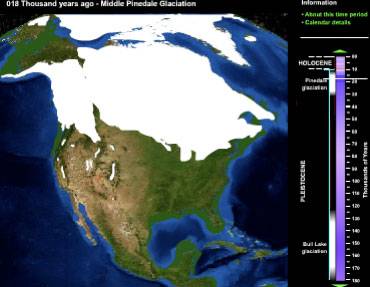This beach was in Castine, Maine....we went on a ride there last week....
I have no idea what these shelled, fossilized creatures are that were stuck to the rocks, but it looked really cool.
Anyone with knowledge on what the shelled creatures are on these rocks, I would LOVE to know!
the whole beach was rocks, all kinds of different rocks and minerals...volcanic rock as well...I could have spent hours looking at them....such a variety....and a lot of garnet red glass like stuff embedded in other rocks....just cool cool cool.
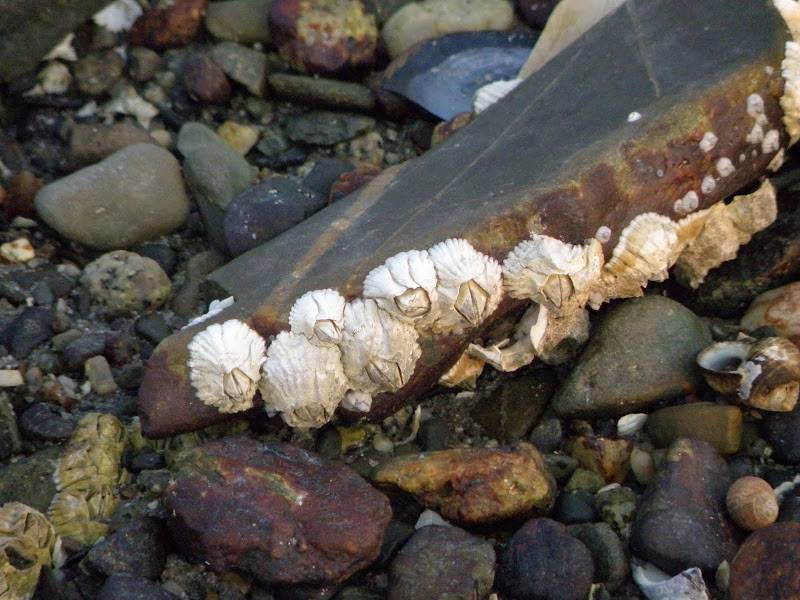
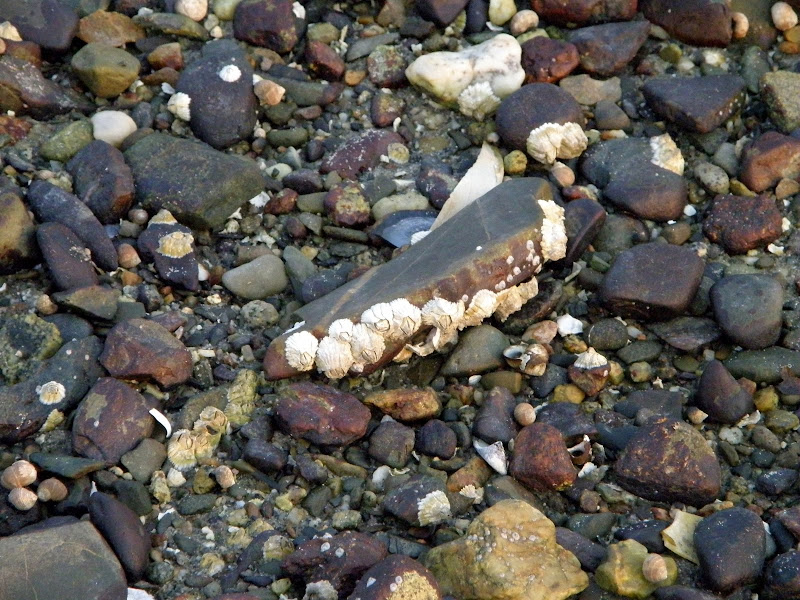
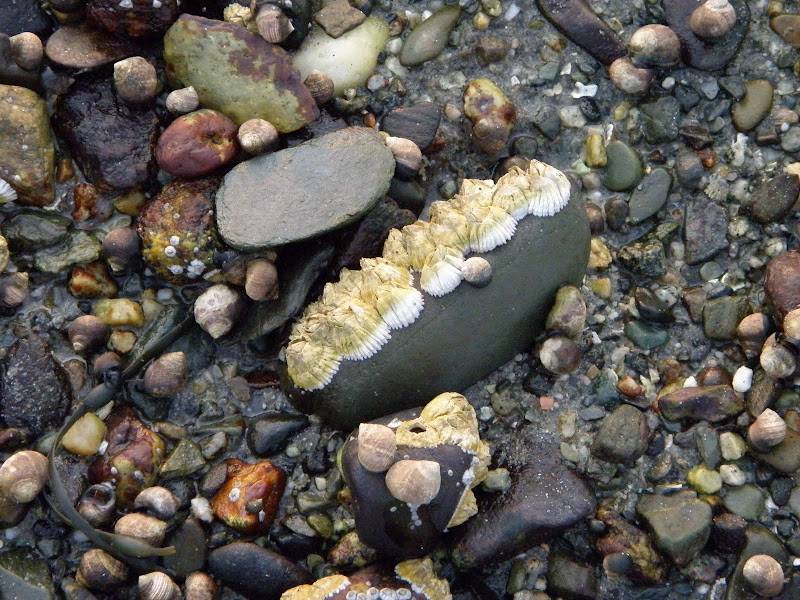
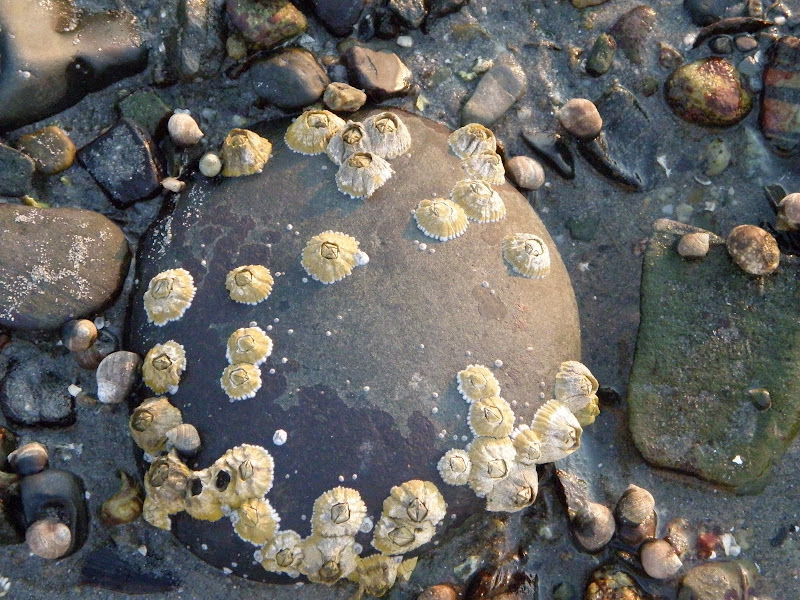
smooth black lava rock
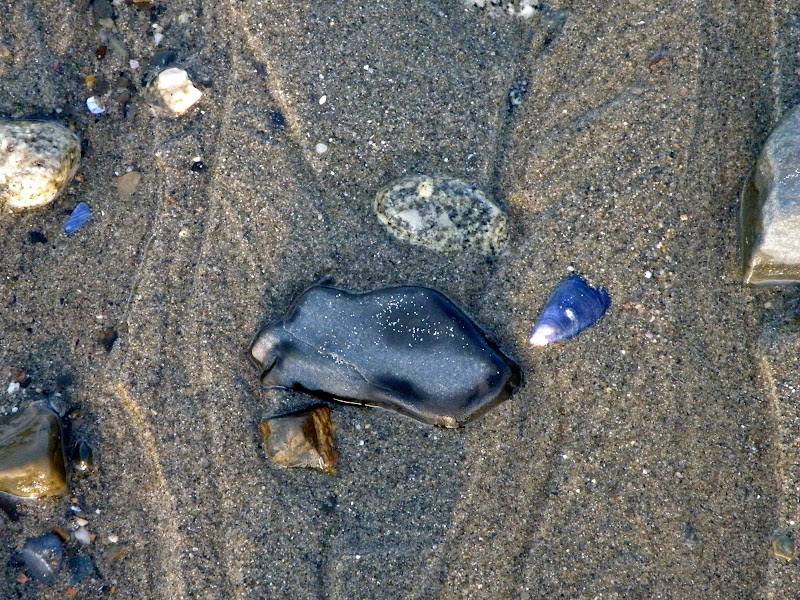
I have no idea what these shelled, fossilized creatures are that were stuck to the rocks, but it looked really cool.
Anyone with knowledge on what the shelled creatures are on these rocks, I would LOVE to know!
the whole beach was rocks, all kinds of different rocks and minerals...volcanic rock as well...I could have spent hours looking at them....such a variety....and a lot of garnet red glass like stuff embedded in other rocks....just cool cool cool.
smooth black lava rock




